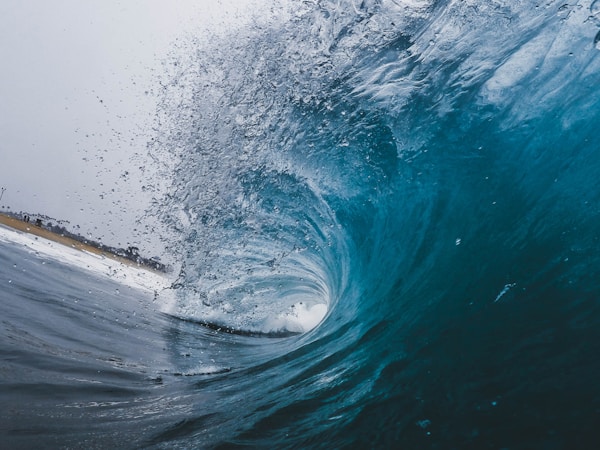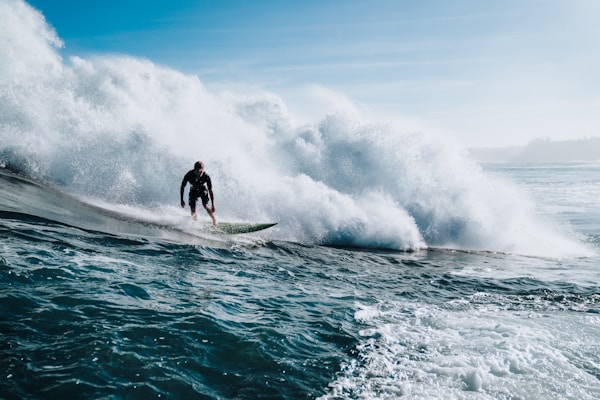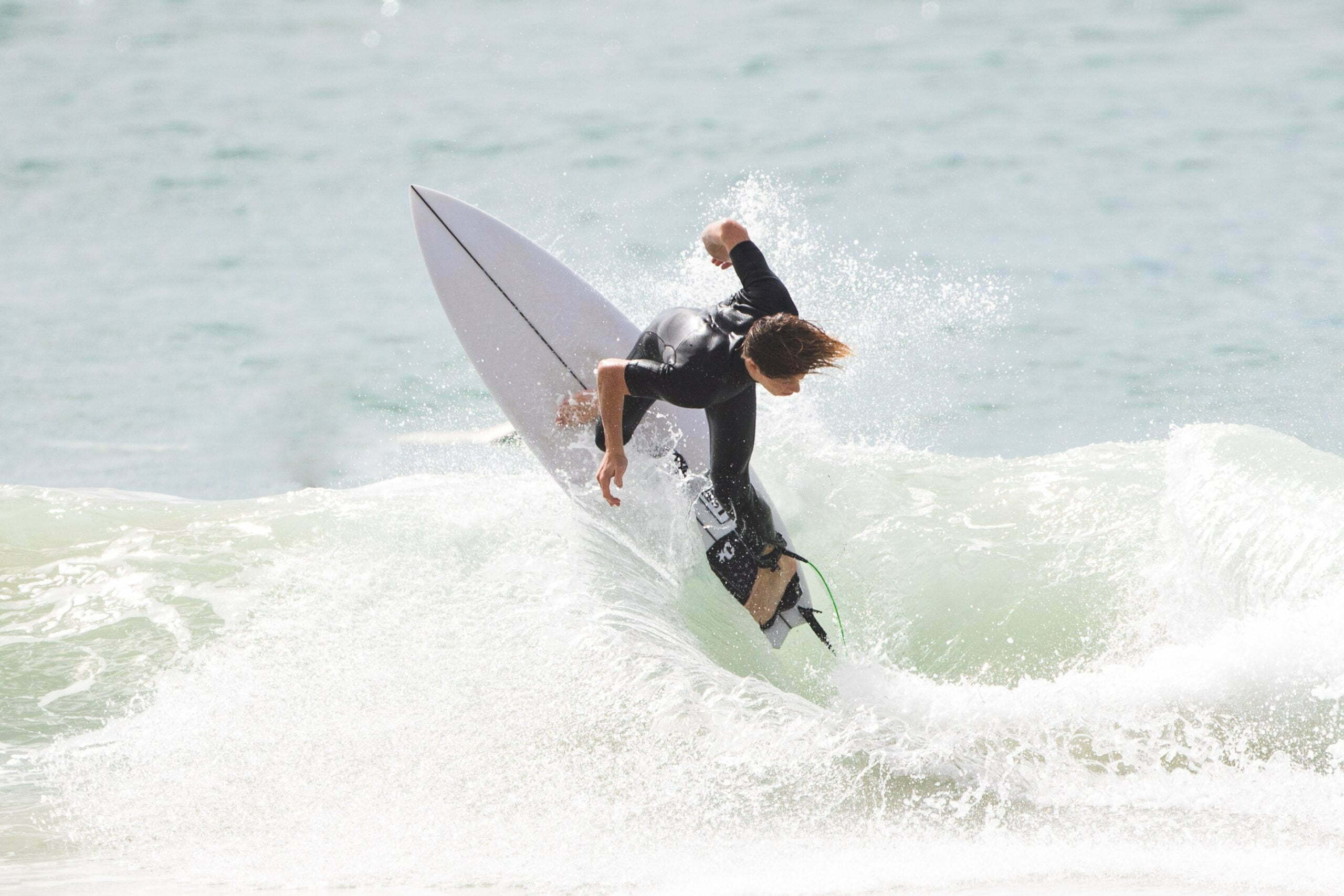Have you ever wondered what it would be like to surf? If you’re thinking about taking up surfing, or are just curious about the sport, read on to find out what you can expect. Keep reading to learn about the basics of surfing, from the equipment you’ll need to the different types of waves you’ll encounter. In this article, you’ll also find out about the dangers of this sport and how to stay safe while enjoying the waves.
Don’t crowd the line-up.
This is one of the most important things to remember when surfing. When you’re in the line-up, make sure there is enough room for everyone by waiting your turn and not paddling out directly in front of someone. This also means being aware of your surroundings and not cutting people off who are already up on a wave. If you’re caught inside and there’s no way to get out without interfering with someone else, try to stay calm and let the surfer ahead of you take their time. Remember, good etiquette makes for a more enjoyable experience for everyone!
Respect mother nature and be prepared.

Mother Nature has a lot to offer in the way of waves. Those who take the time to understand her ways and respect her power will reap the benefits while out in the ocean. There are some things that can be done to increase the chances of good waves, which include checking wave conditions reports and knowing what kind of waves to expect, especially when traveling long distances. Surf cams can also be helpful in assessing wave size and shape. Pay attention to swell direction when paddling out as well as positioning on your board. Get out there early for smaller waves so you can have more control and better rides. Wait for the right wave, even if it means sitting out a few sets. Be smooth with your takeoffs and turns; this will minimize wiping out (and keeps you safer). Mother Nature is an ever-changing force and conditions can change in a blink of an eye, so it’s important to be prepared.
Understand basic maneuvers.

Advanced techniques can be intimidating for beginner surfers. However, by gaining an understanding of the basic maneuvers and how they are performed, you will be better equipped to tackle more challenging waves. The first advanced maneuver is the cutback. To perform a cutback, you need to be in a good position on the wave, with plenty of speed. As you approach the crest of the wave, lean back and quickly turn your board around so that you are now facing the shoreline again. You should then continue riding down the wave. Carving involves turning your board quickly while maintaining your speed and direction. This can be done by leaning into the turn while pushing down on your front foot.
Use the right equipment.
In order to be a successful surfer, it is important to choose the right equipment. When renting a surfboard, you can expect to pay around $20 per day. You will likely be given a choice of several different types of boards for surfboard rentals, so it is essential to know what each one is designed for. For example, there are longboards, shortboards, and fish boards. Longboards are the best type of board for beginners because they are very stable and easy to ride. Shortboards are more difficult to maneuver but offer more speed and agility than longboards. Fish boards are similar to shortboards but have a rounder shape that makes them easier to catch waves with. Before choosing a board, make sure you take into account your height, weight, and surfing experience level. Be sure to also ask the rental shop about the condition of their boards and whether or not they provide wax or fins.
This is just a glimpse of what you can expect when you surf.






